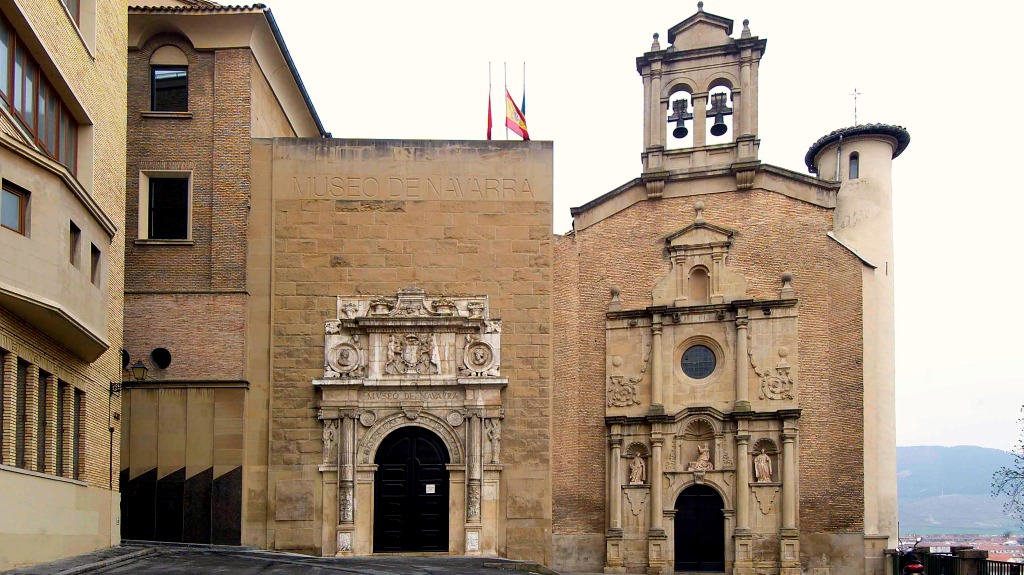
C/ Santo Domingo, 47
31001 Pamplona
Office phone: 848 426492 / 848 426493
Box office phone: 848 428926
E-,ail: museo@navarra.es
SCHEDULES AND RATES
Opening to the public:
- Tuesday to Saturday: 9:30 a.m. to 2:00 p.m. and 5:00 p.m. to 7:00 p.m.
- Sundays and holidays: 11: 00-14: 00 hours. Also: Holy Thursday and Good Friday, October 12; November 1 and 29; December 3, 6 and 8.
- Closed Monday. Also: January 1, July 6 and 7, December 25.
- Offices: Monday to Friday 8:30 am-2:30 pm.
- Library: Face-to-face consultation, on Thursdays from 10:00 to 14:00. Online consultation: bmuseona@navarra.es
RATES
General: € 2.
Reduced: € 1
Previous accreditation, holders of the youth card, holders of the student card and cultural groups (from 8 people).
Free:
- Temporary exhibitions.
- Saturday afternoons, Sundays and the days: International Museum Day (May 18), International Tourism Day (September 27), National Holiday of Spain (October 12), Navarra Day (December 3) and Day of the Constitution (December 6).
- Prior accreditation: minors of civil age, over 65, retirees, people with disabilities from the EU, unemployed (INEM card) and pilgrims (Compostela card), ICOM members (updated card), Friends of the Museum of Navarra (card updated) and teaching staff (accreditation of the center’s management).
- Cultural groups with reservation.
DESCRIPTION
Installed in the old Hospital of Nuestra Señora de la Misericordia, of which it preserves its cover and chapel, both from the 16th century, it was converted into a Museum according to the project of José Yárnoz and reopened in 1990 after the remodeling of the architects Garcés and Soria.
It houses archaeological and artistic collections related to the past and present of the Foral Community of Navarra.
Among the first, the following stand out:
- Roman series: mosaics and epigraphs
- Arabic: the exceptional Hispano-Arabic ivory casket from Leire and executed in the Medina-Zahara workshop, 1005
- Romanesque: capitals of the primitive Cathedral of Pamplona.
The set of Gothic wall paintings and panel paintings in the same style is also striking, as well as the Renaissance grisailles on the War in Saxony of Emperor Charles V, from the Oriz Palace, and the series of baroque paintings about the Genesis of flamenco lacob Bottats .
The set is completed with religious carvings, altarpieces and goldsmiths.
The extraordinary portraits of the Marquis of San Adrián (painted by Francisco de Goya) and Moratín (the work of Luis Paret) stand out.







